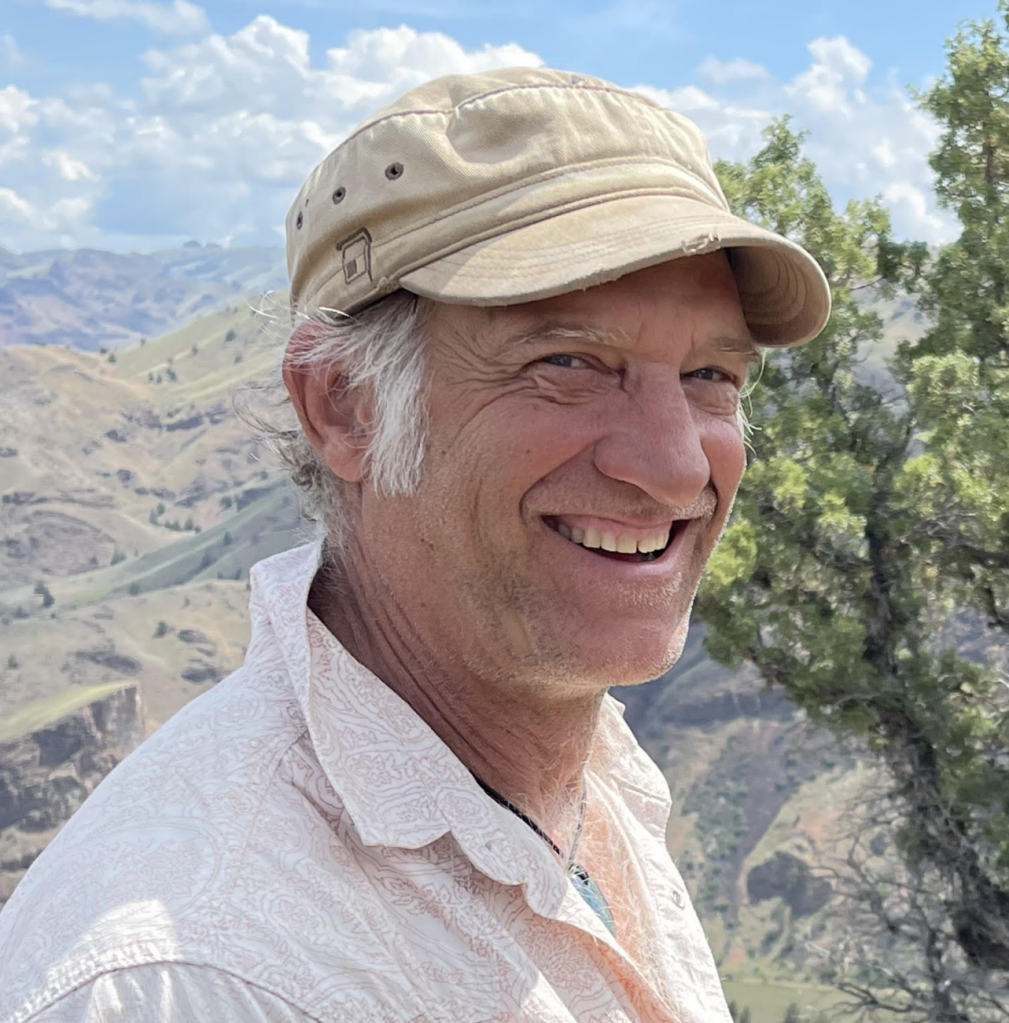Guest commentary: Speaking up for Oregon’s rivers, pass the River Democracy Act
Published 2:00 am Sunday, July 23, 2023

- David Kinker, Bend
I’ve been a river guide for over 30 years on 15 different rivers, but earlier this spring, I had my first opportunity to take a multi-day river trip down the North Fork of the John Day.
This wild river cuts through the mountains of northeast Oregon and is home to the best salmon and steelhead habitat remaining in Oregon. Along the way, we witnessed bald eagles soaring up and down the canyon, endured cold, rainy mornings, and enjoyed sunny days.
I have paddled the Owyhee, Deschutes, Illinois and North Santiam rivers this spring. During my life, I have spent too many days to count floating down rivers and falling asleep on their banks.
Nonetheless, each trip and each day spent on the water is just as exciting as the first. These days, I am a landscape painter, and my favorite place to break out the brush and palette is alongside a wild rivers.
Through these experiences, I have developed a deep appreciation for our water systems, from the smallest spring-fed streams to the raging rivers rushing with snowmelt. These waterways are essential fish and wildlife habitat, provide clean drinking water to our communities, drive local tourism and the recreation economy, and present opportunities for Oregon families to paddle, hike, camp, fish, hunt, and (if you’re like me) paint amongst beautiful landscapes.
I have also come to learn first-hand that many of our streams and rivers desperately need our help. With hotter summers and longer droughts, our rivers are warming and drying up, along with the life that depends on them.
The John Day River basin is prime salmon and steelhead habitat, but these fish rely on cold stream temperatures to survive. In recent years, by August and September, the John Day River almost runs dry in spots. Where there is still water, it is much too warm for native fish to survive.
Fortunately, some of Oregon’s most iconic rivers like the Rogue, Deschutes, Metolius and McKenzie have been designated as Wild and Scenic, providing protections for habitat, water quality, recreation, and other natural and cultural values. However, only 2% of Oregon’s 110,000 total river miles have been given these protections. That means the remaining 98% is left unprotected.
This is why I support Sen. Ron Wyden’s River Democracy Act, which would more than double the amount of Wild and Scenic river miles in Oregon. Sections of the North Fork John Day and North Santiam, including those I recently paddled, would be included and protected. Importantly, many of those miles include the tributaries and headwater streams of rivers like the Grande Ronde, Rogue, Owyhee, and Deschutes. These are the waters that feed our larger rivers and provide the crucial flows and cold temperatures that native fish and all of us downstream rely on.
Our mighty, majestic rivers would not be what they are without these smaller, often overlooked, streams. Tributaries and headwaters help absorb, store, and filter water, preventing downstream flooding and maintaining water table levels to ensure stable flows of clean water throughout the summer.
These “small” streams that would be protected under the River Democracy Act also include many beloved waterways here in Central Oregon including Tumalo Creek, Paulina Creek, and the Fall River — all important tributaries of the Deschutes River.
I may just be a passionate river lover, but I believe there is a river lover in all of us. We all equally depend on our watersheds to provide us with clean water to drink, irrigation for our food, and healthy ecosystems to thrive in. For all these reasons, I support Sen. Wyden’s River Democracy Act, and I hope to see it passed through Congress.






